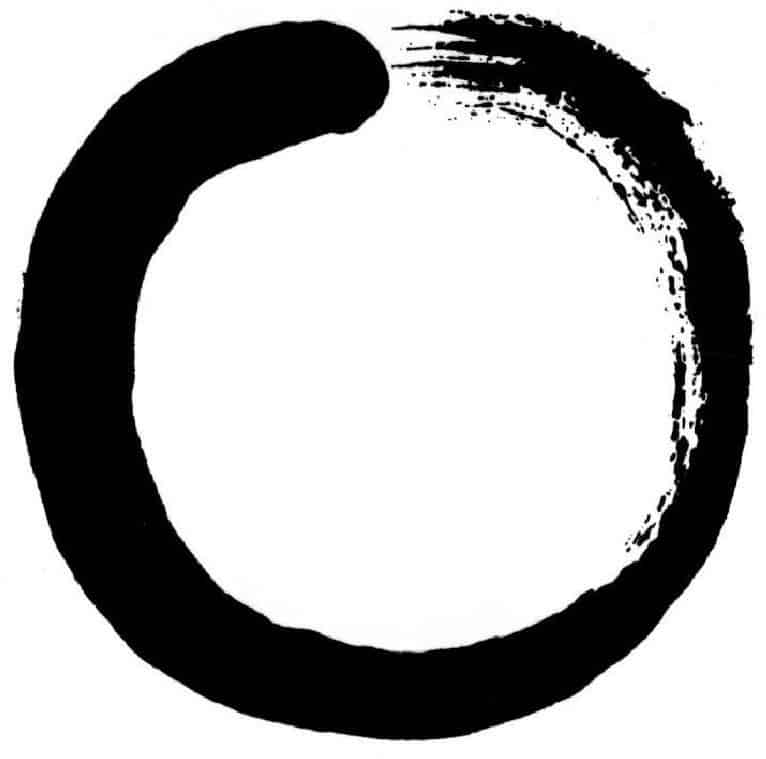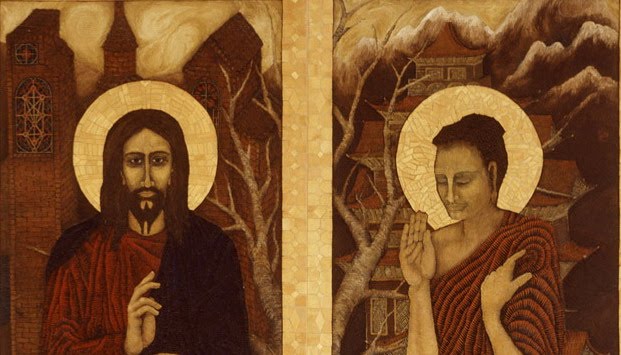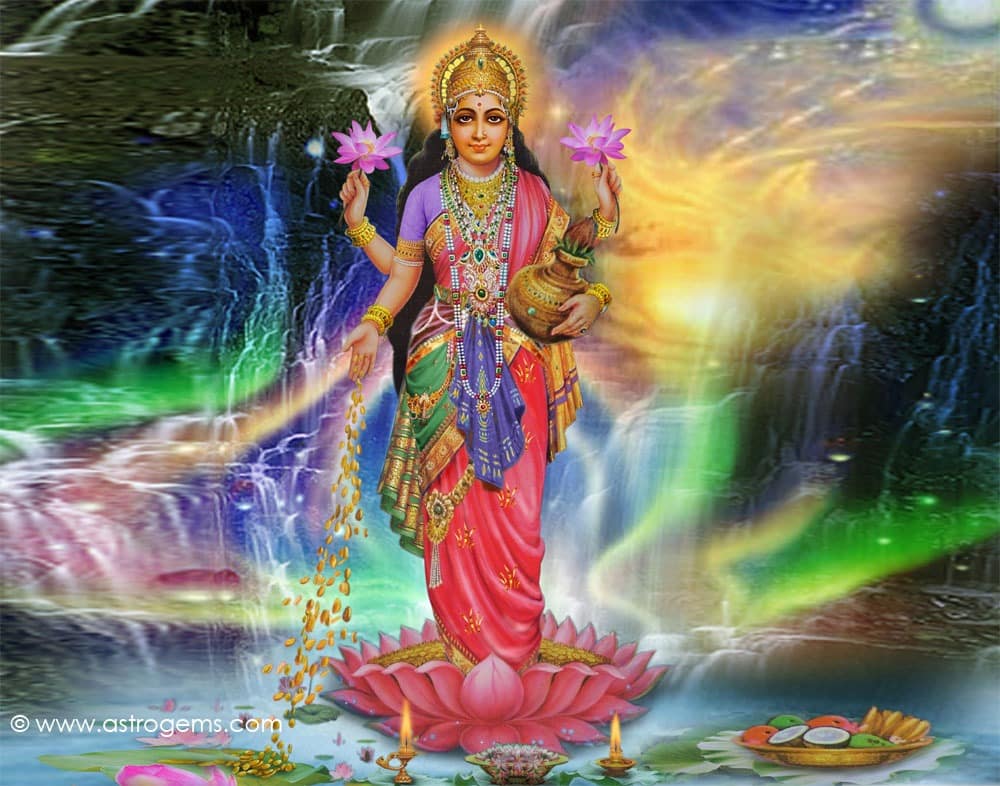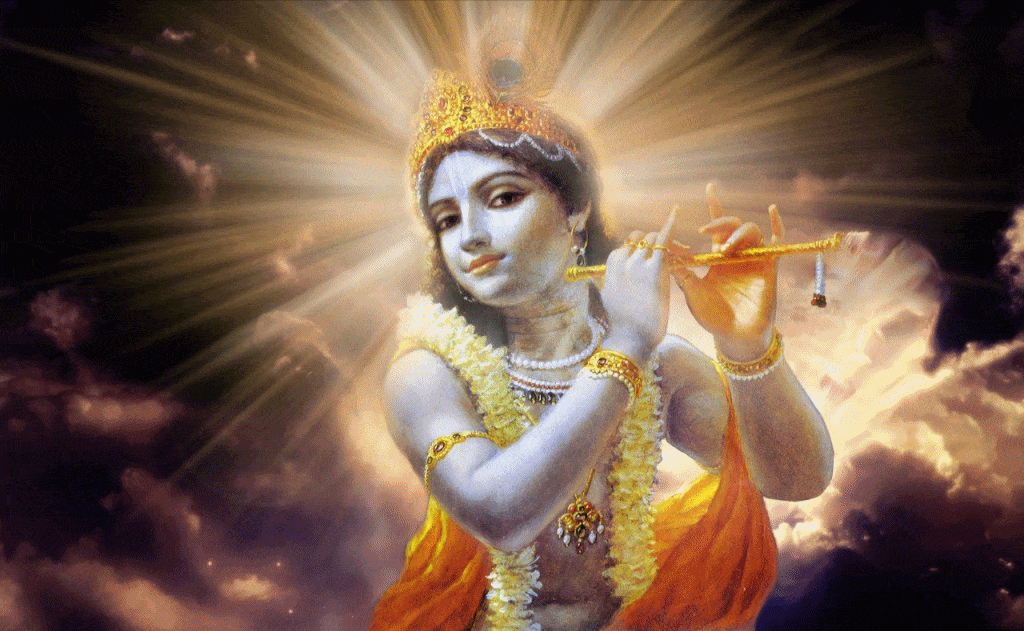Taoism Can Lead Humanity into the Future
The Tao Taoism, or the practice of recognizing the Tao also sometimes called the Dao, is an ancient Chinese religious tradition that emphasizes living in harmony with the essence of nature or the Tao. The Tao is usually described as a way of life that is natural, primordial, or in alignment with ease, health, challenge, … Read more





!["Rough diamond" by Unknown USGS employee - Original source: USGS "Minerals in Your World" website. Direct image link: [1]. Licensed under Public Domain via Wikimedia Commons - http://commons.wikimedia.org/wiki/File:Rough_diamond.jpg#/media/File:Rough_diamond.jpg](https://elliottelford.com/wp-content/uploads/2015/05/Rough_diamond.jpg)



